

Max Davies
2026 GWM Haval Jolion review
4 Hours Ago
This tailor-made German workhorse is a class act, but it comes at a hefty price.
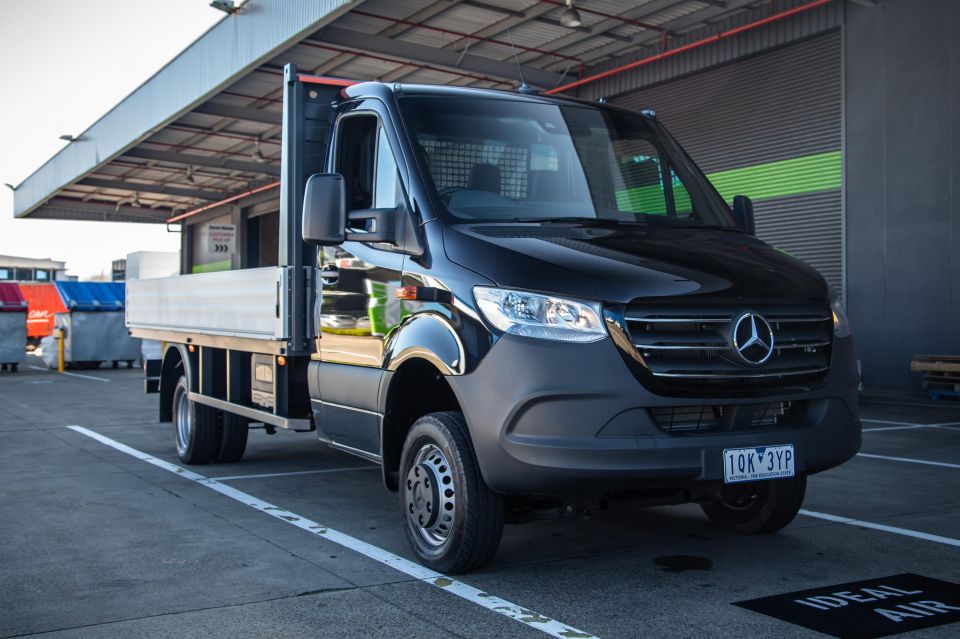
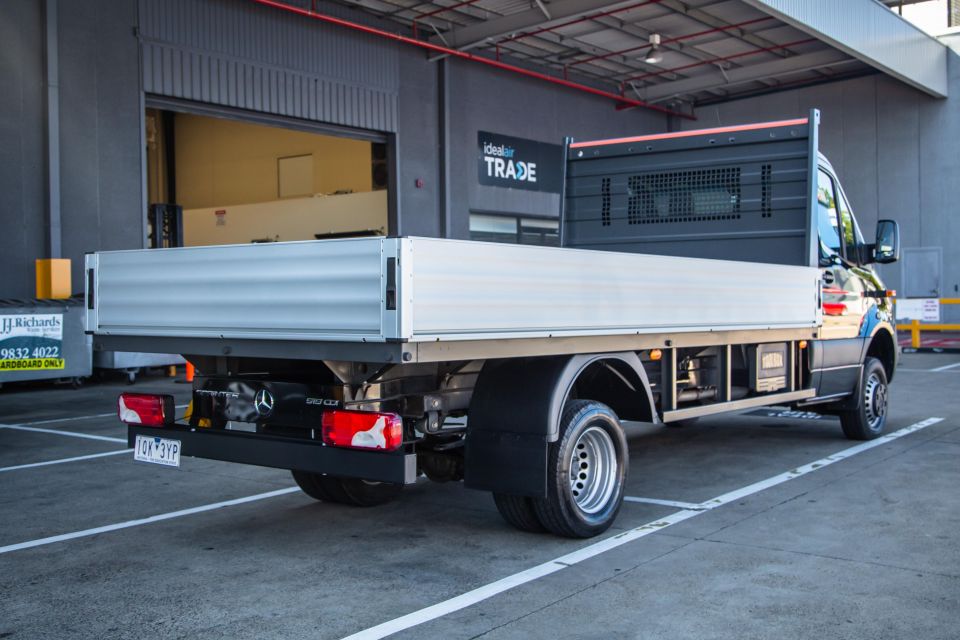

Journalist
New from
$49,720
excl. on-roads

Journalist
New from
$49,720
excl. on-roads


Journalist
New from
$49,720
excl. on-roads

Journalist
New from
$49,720
excl. on-roads
Quickly see how this car stacks up against its competition. Select any benchmark to see more details.
Where expert car reviews meet expert car buying – CarExpert gives you trusted advice, personalised service and real savings on your next new car.
A new generation of Mercedes-Benz Sprinter, the first major revamp in a dozen years, arrived in Australia in 2018 aiming to maintain its mantle as the most popular king of the commercials against increasingly compelling competition from the Ford Transit, Renault Master and Volkswagen Crafter.
As the leading light of the German marque’s commercial arm, the Sprinter was out to stamp authority with the sorts of safety and technical smarts you’d otherwise find in figurehead Mercedes-Benz passenger cars.
On test here is – deep breath – the 2020 Mercedes-Benz Sprinter 519CDI LWB 4×4 Automatic Single Cab Chassis with Tray. And let’s be upfront about it: there’s a very good chance that our review subject is not the ideal commercial for you.
Oh, it’s impressive, accomplished and ticks more boxes than you’ll find in most corners of its segment. It’s just that with around 1700 different configurations available for the Mercedes-Benz Sprinter, there’s tremendous scope to tailor-make your ‘van’ for a perfect personal fit beyond our test machine’s configuration.

Sprinter is less a range to explore than an entire world demanding its own Lonely Planet guidebook. For instance, by ‘van’ Mercedes-Benz bundles a choice of vans, buses, single- and dual-cab chassis, and ‘tractor head’ motorhome platforms into the Sprinter format.
That’s just body styling as a basic kick-off. Front-, rear- or all-wheel drive, payloads of up to five tonnes, load capacities up to 17 cubic metres. Choice in the Mercedes-Benz Sprinter world is, frankly, dizzying.
But if, say, you just happened to be a farmer working in a mixed climate demanding a convenient transit of up to 1637kg of produce and equipment up and down often slippery and hilly landscape, boy do I have the right Sprinter for you right here.
Otherwise, best consider our review subject something of an indicator of quality and expectation in a specification – and at a price – that better suits your personal needs.
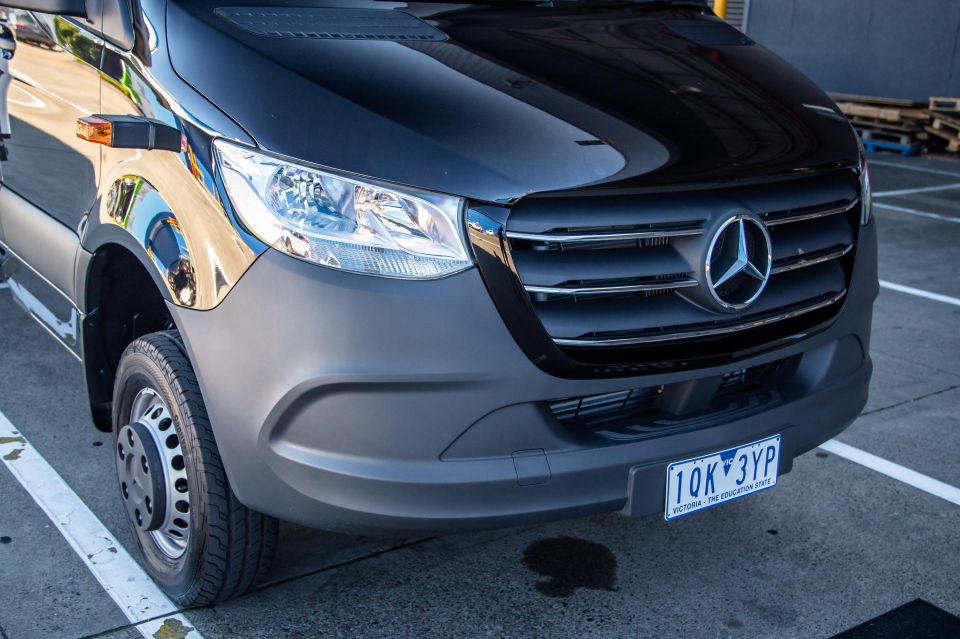
Sprinter pricing is very much a case of: how long is a piece of string?
Our tester’s foundation is the Sprinter 519 LWB that, at $62,890 list, is rear-wheel drive and includes a seven-speed automatic transmission. ‘Naked’, it weighs 2222kg kerb. As tested, with the inclusion of 4×4 and tray, it nudges three tonnes (2922kg kerb) and seven metres (6946mm) of length. It’s a big unit.
Further, ours the regular 4.5-tonne GVM version, though it can also be upgraded to 5.0t GVM ‘HD’ form.


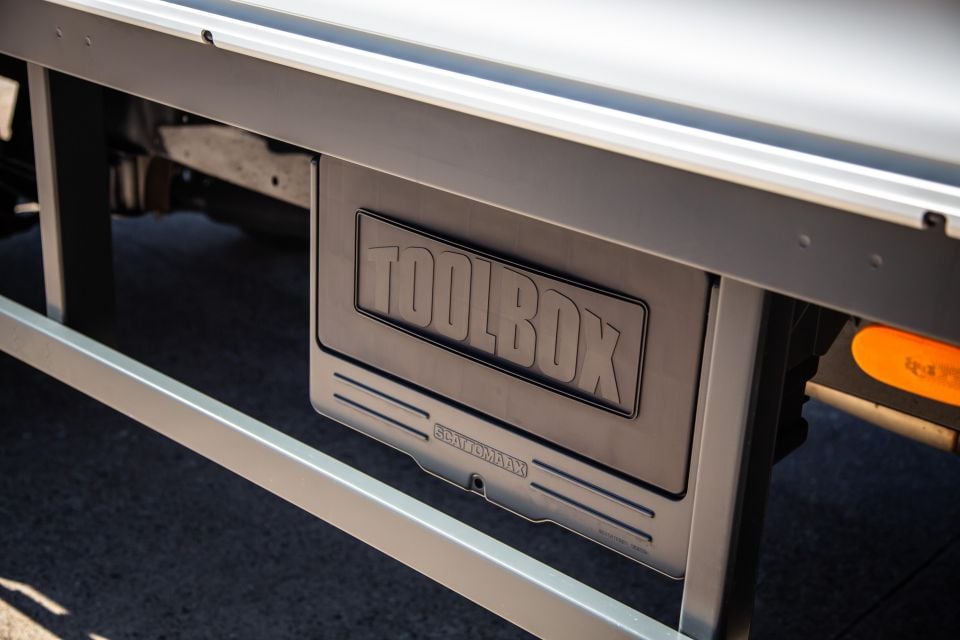
The bit ticket optional features are manually-selectable 4×4 ($13,600) and tray/tool boxes assembly ($4400) that, like the Reverse Warning System ($368), could all be considered essential fitment for some user applications. Safety credentials improve with the inclusion of active lane keeping ($570) and traffic sign assist systems ($380) as optional extras.
Indulgences to taste fitted include Benz’s impressive MBUX 10.25-inch touchscreen infotainment ($1600), an extra charge for DAB+ ($250…really?), adaptive cruise control ($1100), climate control (rather than regular air-con, $1000) and a leather steering wheel ($230).
The solid Jet Black paint is a $741 up-charge, and you do have to pay extra for a paint-finished bumper ($690). There is a choice of 12 colours, including pricier metallics, outside of no-cost solid white with unfinished plastic trimming.
With nearly $25,000 of options, out tester clocks in at a heady $87,879 before on-roads. Steep. But you pull a lot of outlay out by cutting back to essentials, particularly in rear-drive-only form.
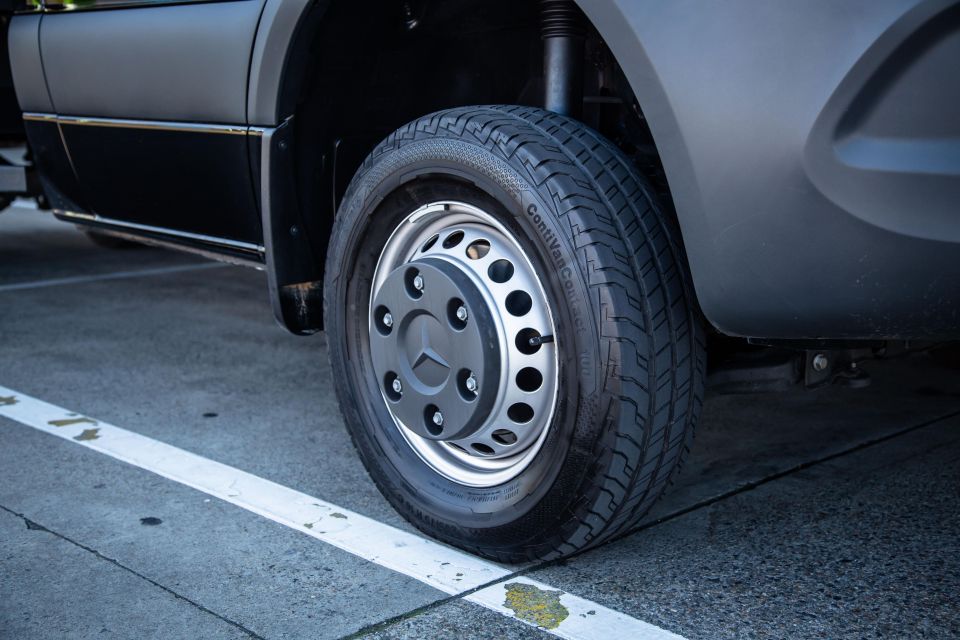
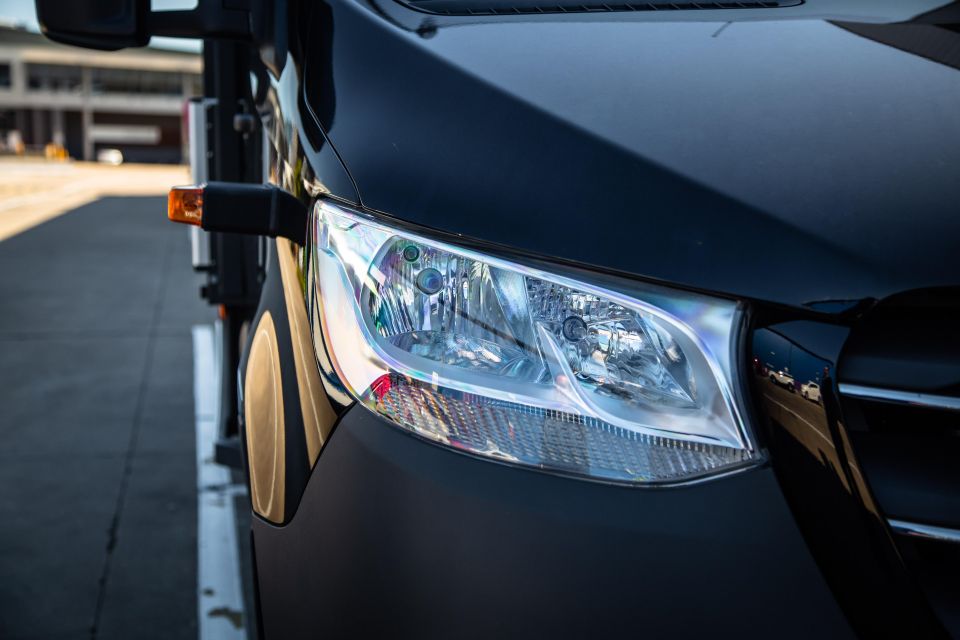
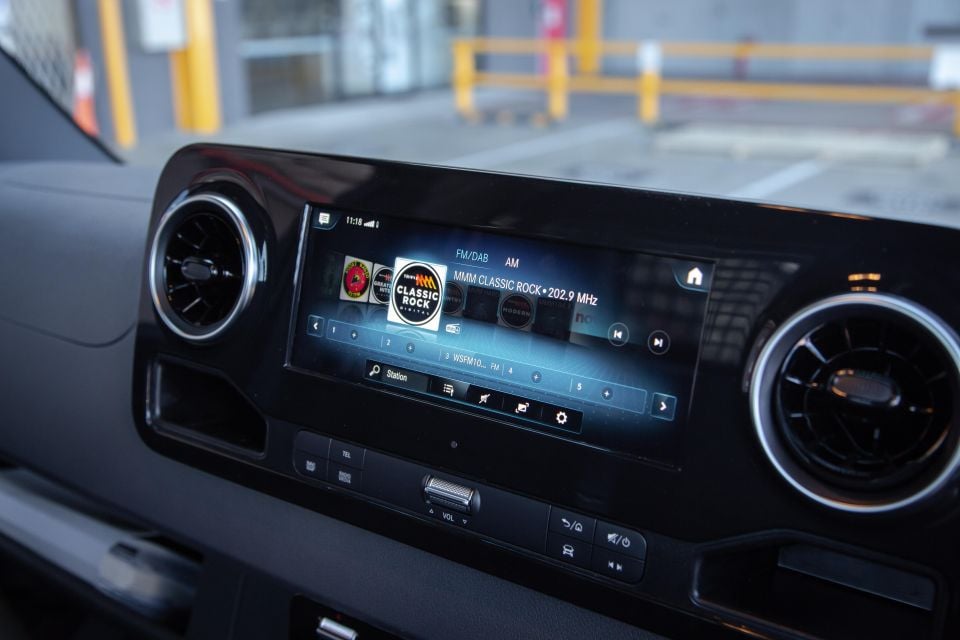
Buy your new car without the stress. It's fast, simple and completely free.

Great service from Travis and team, second time I have used this business would not hesitate to recommend them to anyone
Craig C.
Purchased a Ford Ranger in Sunshine Coast, QLD
CarExpert helped Craig save thousands on his Ford Ranger, now let us save you on your next new car.
Find a dealOutside, the single cabin features heated power-folding mirrors, HID bi-xenon headlights, daytime running lights, one-touch power windows and, well, not much else note worthy. There are no parking sensors or reversing camera, though the brake light is adaptive.
Back in the business end of the chassis, the tray fits dual under-floor toolboxes, double-lined alloy walls, a metal headboard, rough-texture wood flooring and tie-down points rated to 800kg DIN.
Inside, the cabin fits single driver and dual passenger seating for three-up accommodation, keyless start, a multifunction wheel, regular cruise control and 7.0-inch MBUX infotainment with Apple CarPlay and Android Auto as standard fitment, a digital driver’s display in the analogue instrument binnacle and fabric seat trim.
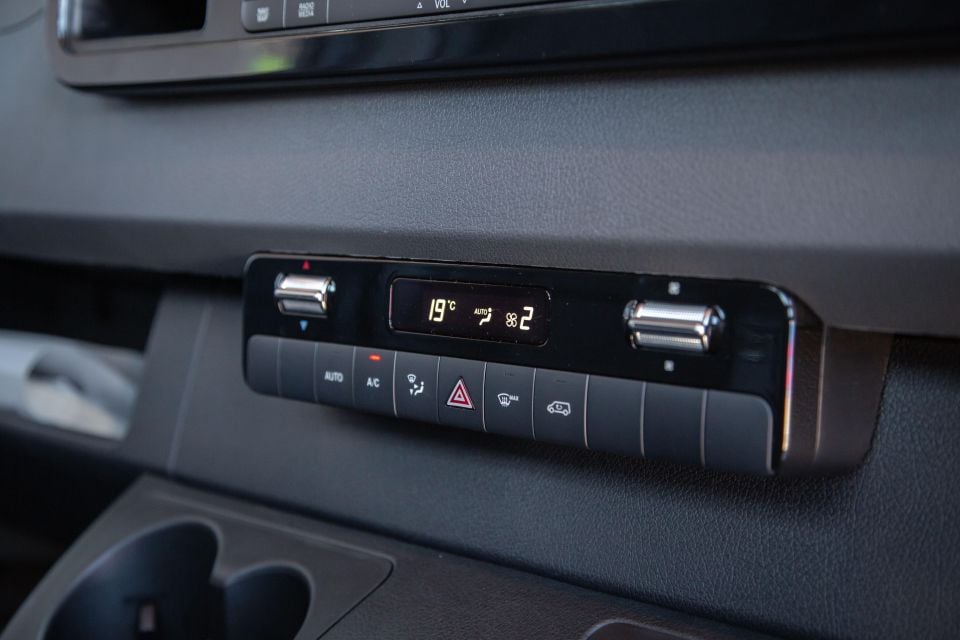
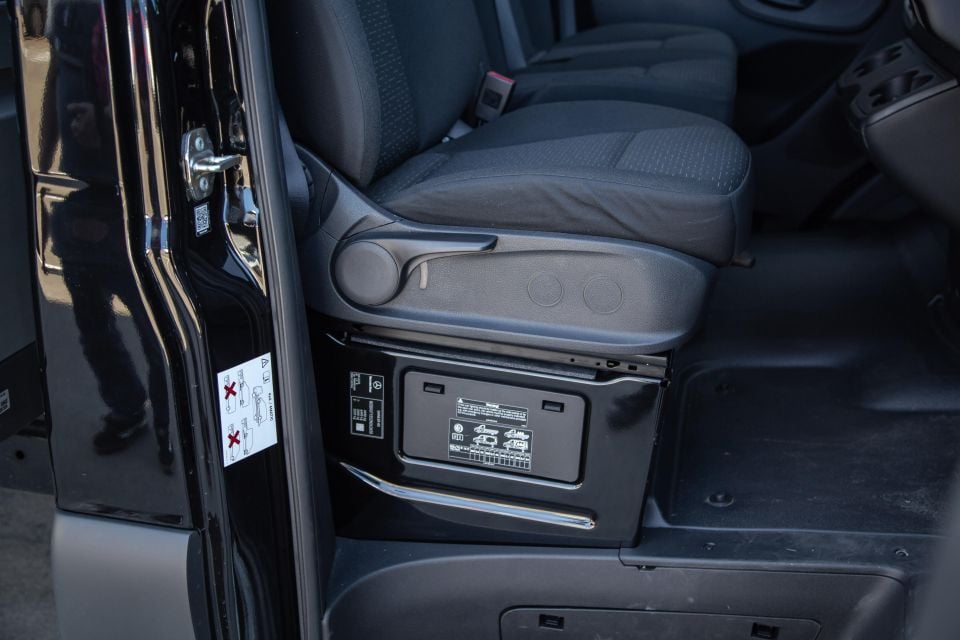
Whether it’s LED headlights or driver’s seat suspension, niceties can be had but, as mentioned above, they’ll cost you extra.
Though technically an option, it’s worth highlighting what 4×4 bundles into the package. It’s a switchable system with static 35:65 front-rear split, intelligent traction, adaptive stability and hill descent control systems.
It’s a serious off-road-savvy design featuring three differential locks – front, rear and centre – as well as a low-range reduction gear that lowers the transmission ratio by 42 per cent. Further, the 4×4 system incorporates a raised ride height of 110mm at the front axle and 90mm at the rear.

Though it has been a point of public discussion, ANCAP currently doesn’t crash test ‘mid-sized trucks’ like our Mercedes-Benz Sprinter with a GVM of between three and five tonnes. Neither Sprinter or its segment competitors have been assessed through the program. Further, the big Benz hasn’t been assessed in any configuration by Euro NCAP.
But it does pack in the safety tech. Standard features include autonomous emergency braking with pedestrian detection, blind-spot monitoring, front and side airbags and host of trickery in the adaptive ESP system such as crosswind assist, understeer control, load adaptive control and trailer stabilisation.
The lack of a reversing camera or parking sensors – again, it is seven sizeable metres in length – in cab-chassis versions is a bit of a sore point give they’re fitted elsewhere in range. While it’s understandable camera and sensor design mightn’t suit all custom tray applications, this is Benz’s off-the-rack bed configuration.
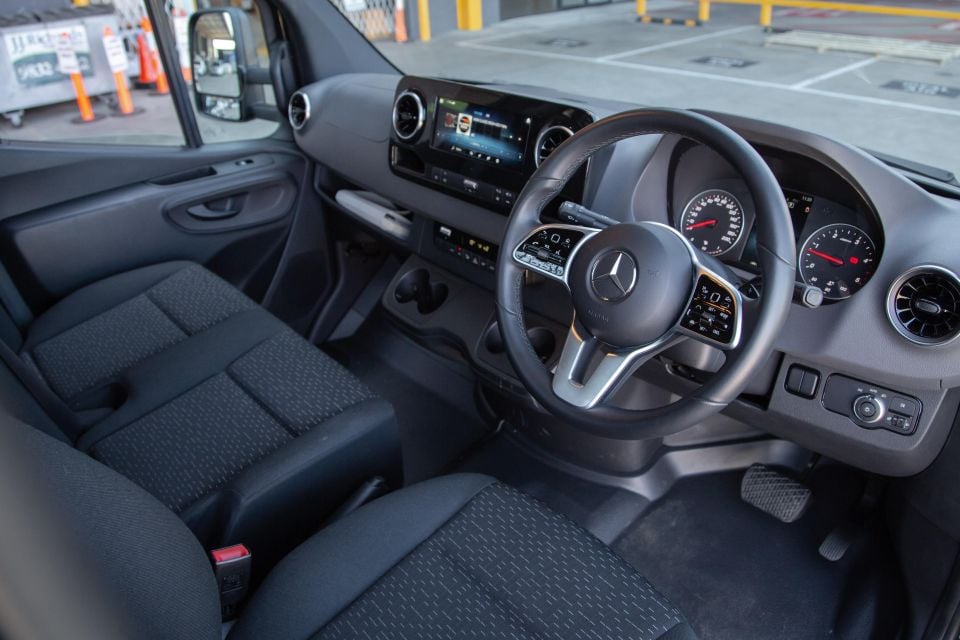
It’s a fair climb into the Sprinter cabin made easy by the large step and door-mounted grab handles. Once in it’s a welcoming space, the massive glass area bringing an airy ambience, with enough width for a trio of the burliest front-rowers and enough headroom for giraffes. Outward visibility is ridiculously good with the exception of the particularly thick A-pillars.
If there’s one compromise to spaciousness is that there’s not a huge amount of depth from the dash fascia to the rear cabin wall, which perches the driver’s seat a touch more upright than you might ideal favour for a long workday in the saddle. It’s a small gripe.
Otherwise, the wheel and pedal controls are located to avoid fatigue and the near-flat floor allows a bit of lounging about on the motorway or when stuck in traffic.
It’s a classy rig. The leather-trimmed paddle shifter wheel could’ve been lifted from an E-Class and is as much of a highlight as that 10.25-inch infotainment system and its achingly slick MBUX format. From the razor-sharp sat-nav display to the elegant horizontally-tiling radio station selection screen, this Benz showcase pretty much trumps most systems you can name in motoring, full stop.
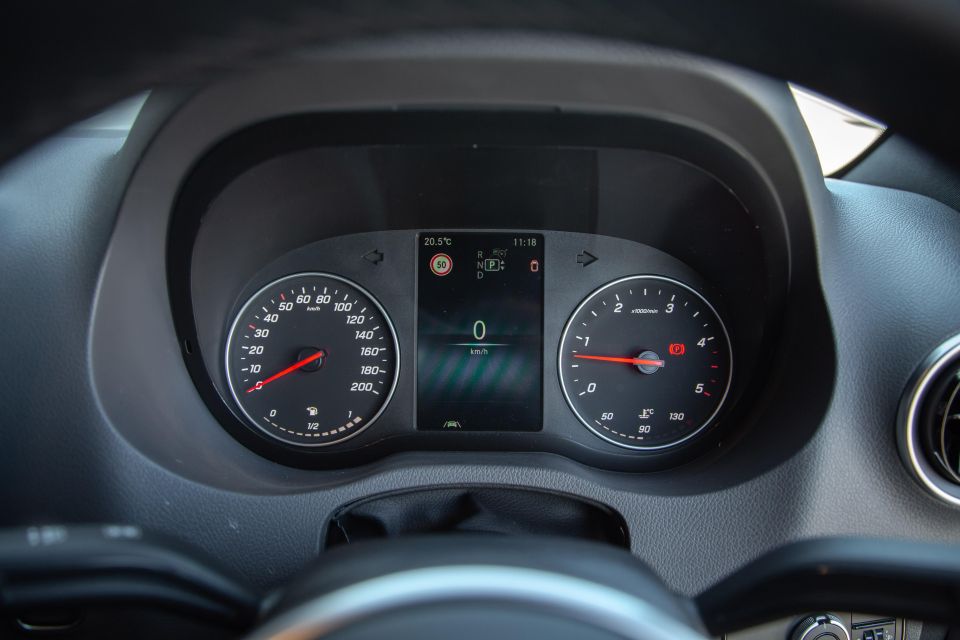

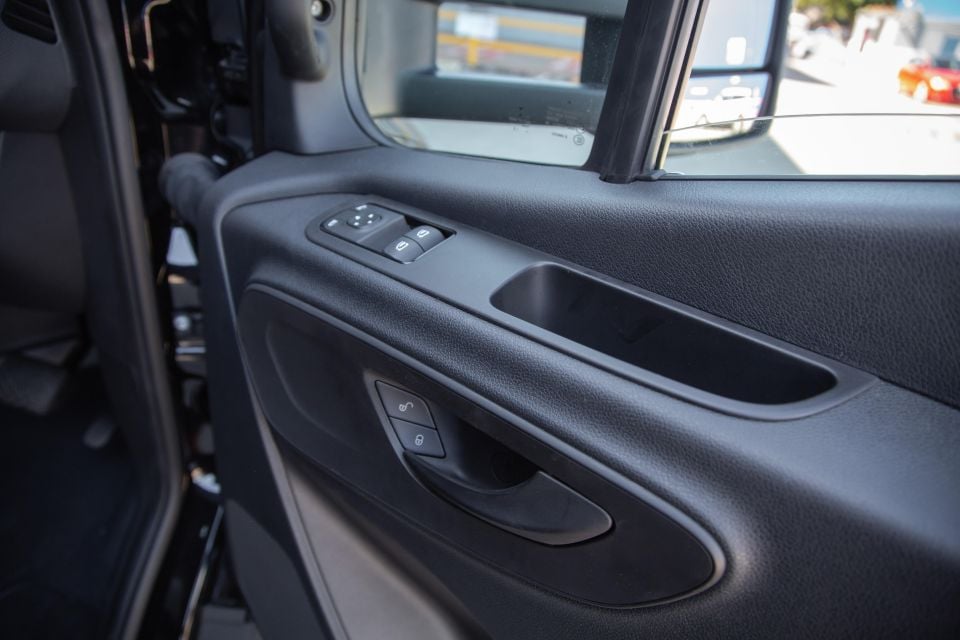
Similarly, the driver’s instruments are clear, upmarket and car-like, as are the slim ‘new-school’ indicator and transmission selector stalks. The wheel features a host of controls to access any feature you can name, the only oversight being that it’s easy to bump the volume controls with the palm of your left hand when twirling away at the wheel while driving.
A little more mixed is the phone charging compartment, a good arm’s length deep over the dash top that A) keeps device safely out distraction’s way if B) also out of convenience’s way. It also features USB-C ports rather than the more common (for now) regular USB outlets, requiring an adaptor cable.
Material choice is fair-to-impressive in lieu of the fact that such a vehicle demands serviceability over tactile opulence. The cloth trim is quite hardy, the plastics resilient to high-wear traffic in all of the logical places. The dash top cubbies are rubber lined to stop oddment rattling, and the door and overhead bins are generously large, though the glovebox slot is a bit modest.
The bed is nicely designed and built tough, squeak-free and rock solid. The rough screen-printed wooden platform is very grippy and seems quite hard-wearing – add the double-walled aluminium sides and plastic hinges and the whole thing is corrosion resistant.
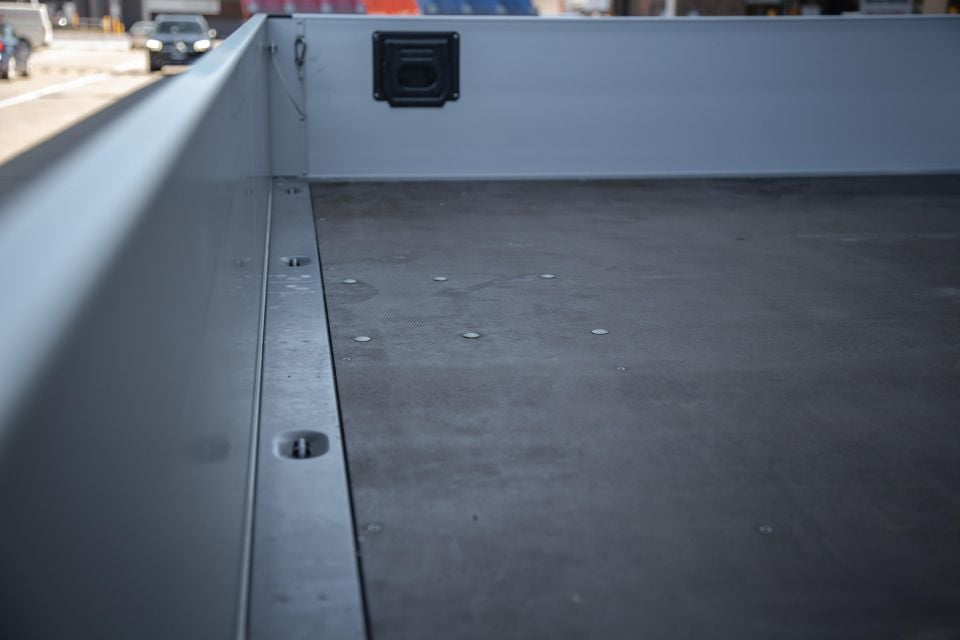

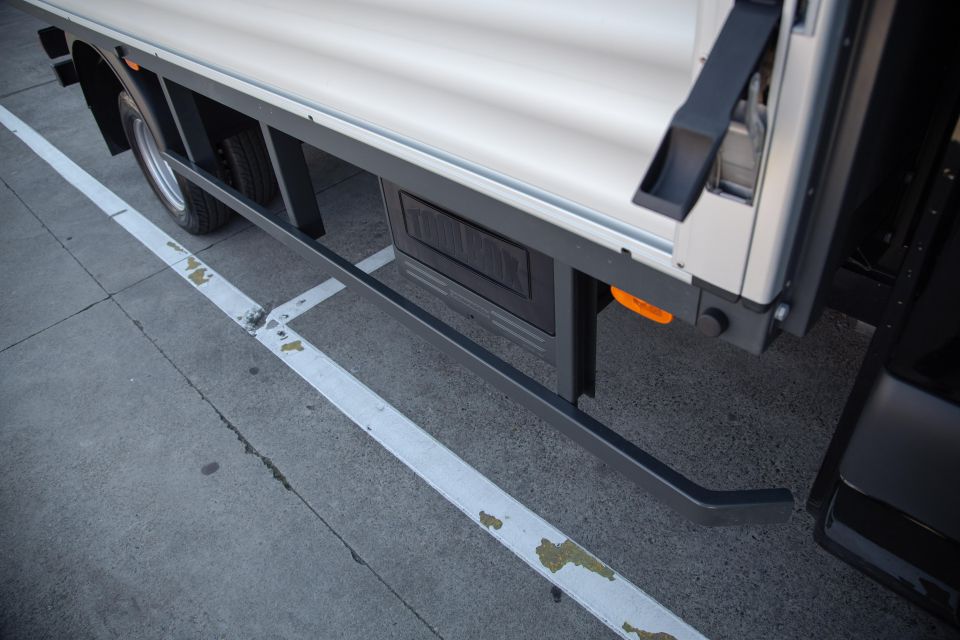
The platform itself is huge, 4308mm long and 2135mm wide: large enough for five Euro pallets if space enough for just three bigger Aussie pallets.
Payload capacity depends on how each is configured. Our ‘regular’ 4.5-tonne GVM tester’s near three-tonne kerb weight leaves it with 1637kg of payload. Essentially, Benz’s advice is that factory tray adds between 300-500kg while the 4×4 system contributes between 140-200kg, thus negatively impacting maximum payload capacity by the same measures.
That said, for example, the 5.0t GVM version with a different configuration could yield up to around 2500kg of payload capacity.
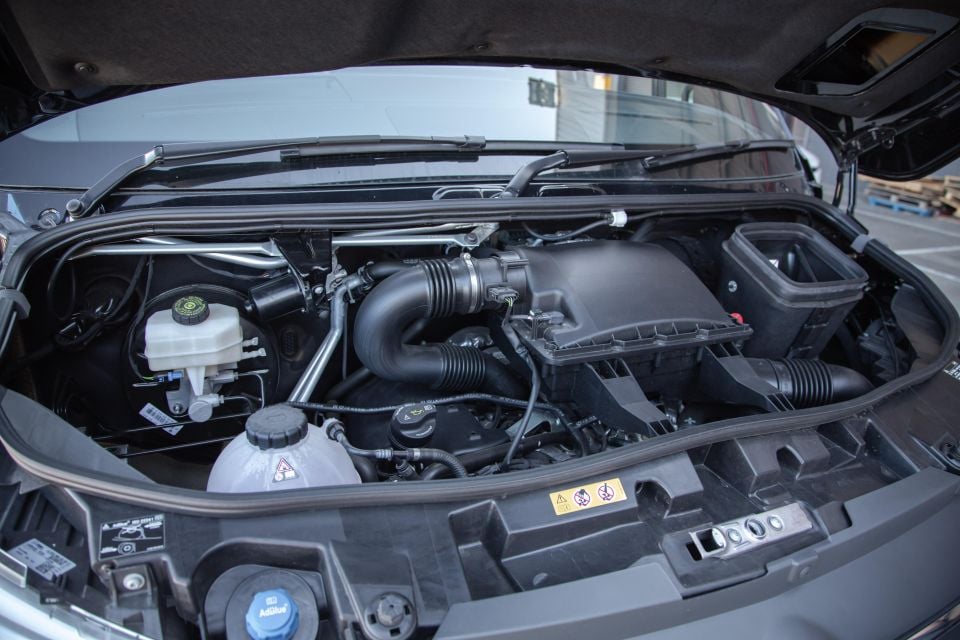
The ‘519’ engine, as fitted to our tester, is the big daddy 3.0-litre V6 single-turbocharged diesel doling out 140kW (at 3800rpm) and 440Nm (1400rpm-2400rpm) and it’s backed exclusively with Benz’s 7G-tronic seven-speed automatic.
There are also four different 2.1-litre turbo-diesel fours in the Sprinter range, though the cab-chassis version only offers the most-powerful twin-turbocharged four-pot for the more affordable ‘516’ versions, good for 120kW (at 3800rpm) and 360Nm (1400rpm-2400rpm). This engine can be paired with either seven-speed auto or six-speed manual transmissions.
Both engines are Euro VI compliant and either powertrains come standard as rear-wheel drive or optionally with all-wheel drive. The front-drive stuff is reversed for other body styles.
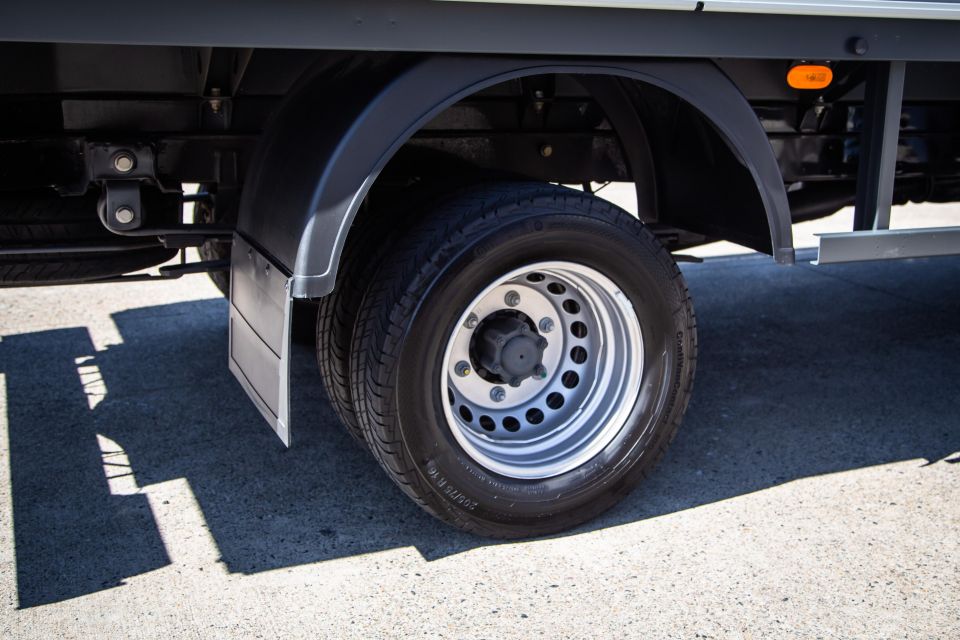
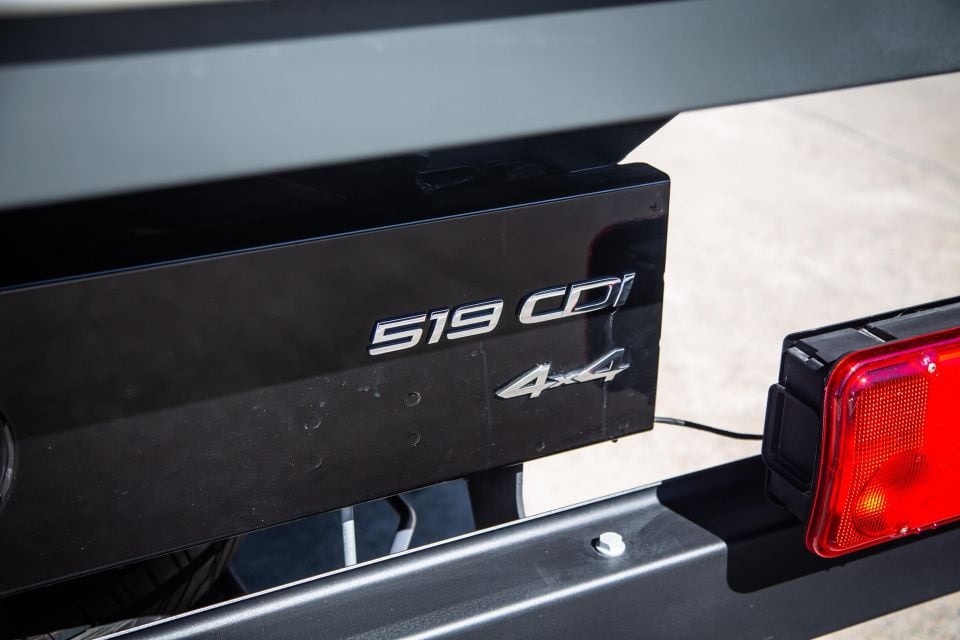
With such variety in the wider Sprinter universe, it’s no surprise that consumption ‘depends’ and factory claims are tough to come by. Our tester managed to return a 12L-14L/100km average range according to the snazzy long-term onboard computer telemetry in the MBUX system. Not so surprising for a big-engined, three-tonne truck…
The standard fuel tank is 71 litres, though this ups to 93 litres in 4×4 spec or if you tick an option box on the RWD versions.
Braked towing is rated to 3500kg, but at 6490kg GCM for a 4490kg GVM vehicle, you’re capped at two tonnes of towing if you’re already pushing the Sprinter’s payload.

Sydney’s Parramatta Road opened to traffic over 200 years ago – around the last time it was maintained, on evidence – and its contemporary guise’s narrow lanes aren’t really fit for trucks running abreast from on another. The Sprinter’s 2.2-metre width (at the tray), though, is slim enough to skim along in the fast lane alongside most large trucks occupying the middle lane. You just need to keep a close eye on those large wing mirrors (2675mm tip to tip).
Point is, for such a large unit, Sprinter isn’t so large that it pins you down in a slow-moving convoy if you’re got some place to be in a hurry.
The single cab offers exceptionally good outward visibility with fantastic rear viewing through the wing mirrors and the rear glass screen, the upshot being Sprinter seems to shrink around you despite its seven-metre length and 2.45-metre height. It’s easy to judge and to place on the road, though the lack of reversing aids means parking and three-point turn demand patience and care.
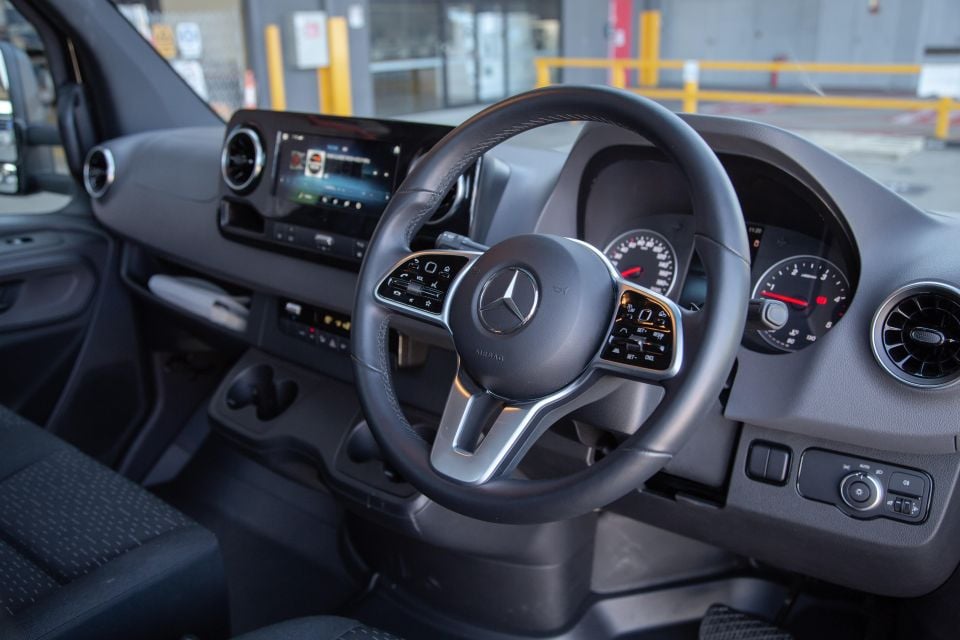
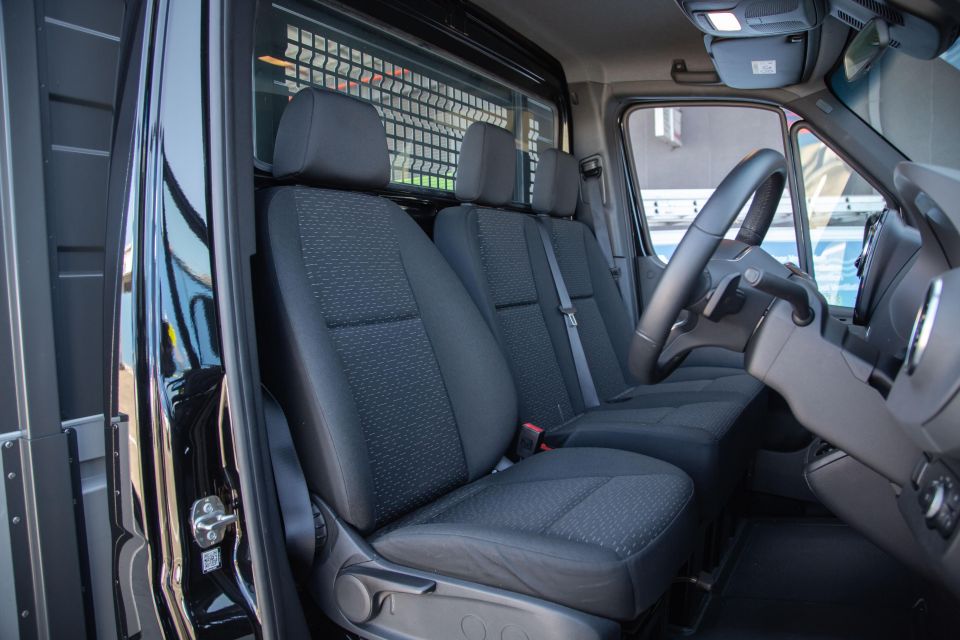
Where expert car reviews meet expert car buying – CarExpert gives you trusted advice, personalised service and real savings on your next new car.
It’s quite a surly powertrain, with oodles of low-end V6 torque and smooth, co-operative shifting from the polished seven-speed auto. We didn’t get to test anywhere near its laden capabilities but motivation is gutsy enough that I imagine you’d only need to activate low-range dragging a full tray-load up the steep side of Kosciusko… in the rain.
There are no traction issues in around-town in default rear-drive, save for some abrupt unladen rear-axle bounce across speed humps that triggers traction control, pausing engine torque for a moment. Same thing happens when the rigid suspension’s modest articulation lifts a rear wheel over large divots and angled driveway approaches. That’s more an observation, though, than a criticism.
Its unladen ride is fairly decent for such a serious load-lugger and it’s not a fatiguing machine to spend long working hours in. It’s easy to see how Sprinter make great bases for motorhomes.

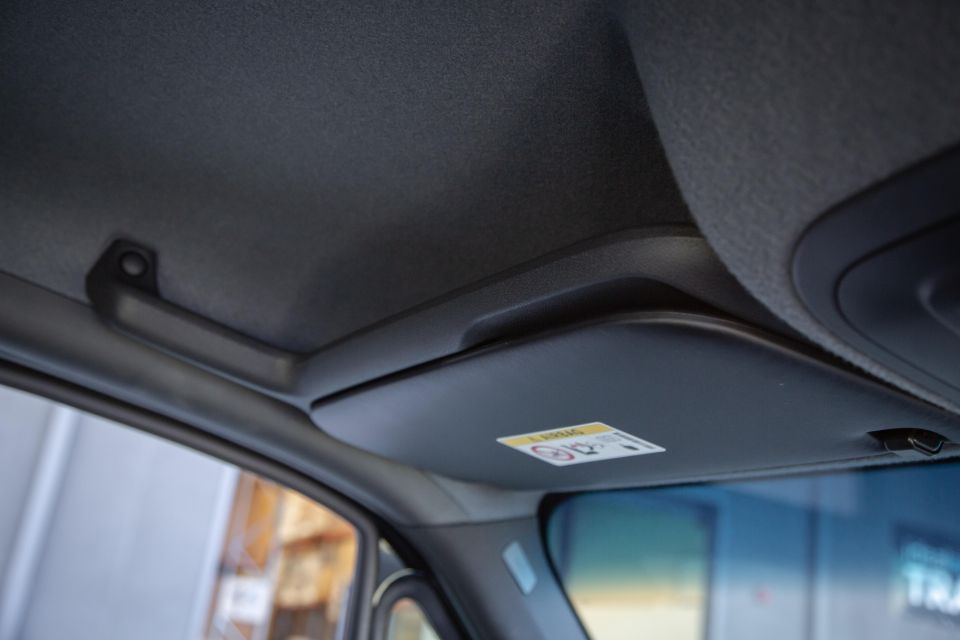
The steering is even and cooperative, with moderate weight at low speed and a quick enough rack to avoid excessive sawing away at the steering wheel negotiating sharp turns and roundabouts. No suspension seat option fitted in our example but nor did it seem to warrant one even in the lumpy inner city.
“The Sprinter does not claim to be an off-roader,” says the horse’s mouth though I am curious to see how far off onto how beaten track this 4×4 version might safely venture given the extra outlay it commands. I’ve spent enough time on nicely graded Euro tracks in nice Euro all-wheel drives to question how vehicles not specifically built for Aussie off-road rigours might fare back home.
Judging on spec alone, I imagine tyre type, its (mostly lifted) ground clearance and sheer size are more limiting factors than the prowess of the hardware and software fitted.
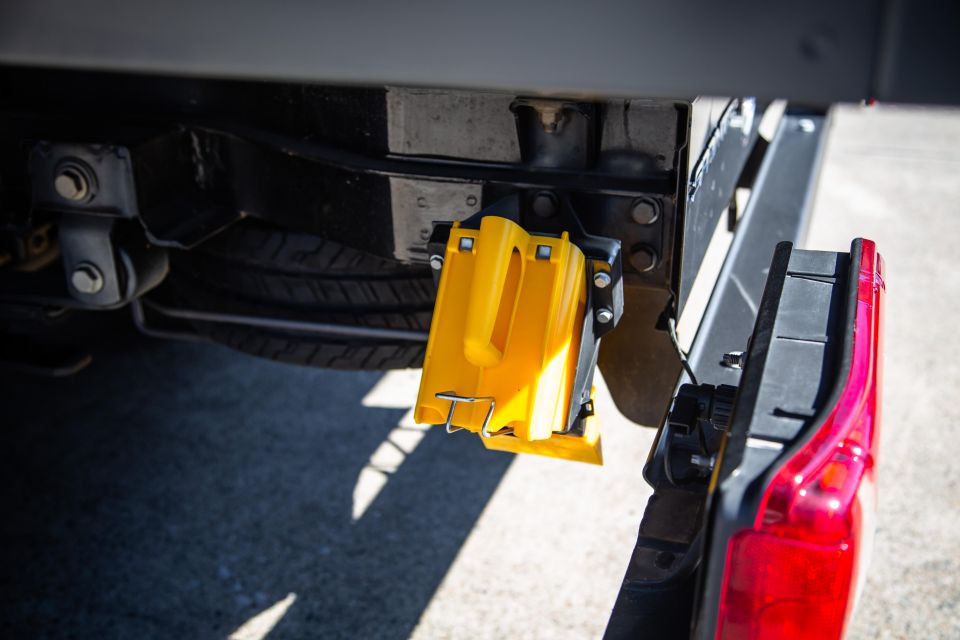
The warranty on Sprinter is five years or 250,000km from the first date of registration. Roadside assistance is offered for the duration of the warranty period.
Servicing intervals are every two years/40,000kms with Mercedes-Benz offering more affordable upfront or pricier pay-as-you go packages.
The pre-paid cost over five services for 519 six-cylinder RWD versions is $4216, while pay-as-you go works out $1054 more expensive at $5270 total over five years.
All-wheel drive costs extra: our test van ups the pay-as-you go outlay by a further $220 total over five years.
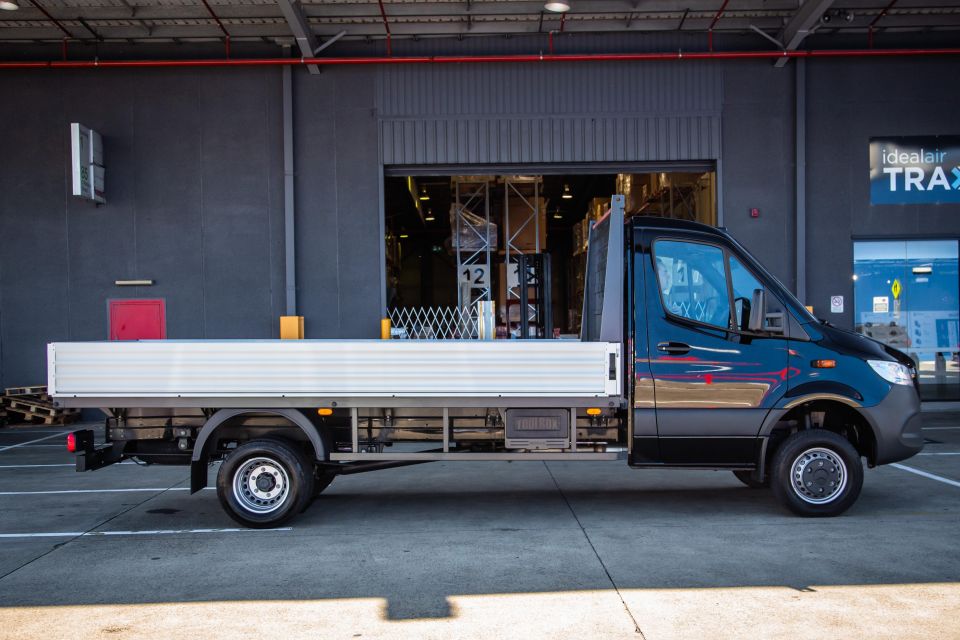
It’s easy to see why Sprinter is so well-regarded and popular in segment. And not just because of the fancier bells and whistles optioned to our review subject. It’s a genuinely enjoyable and easy vehicle to drive and clearly offers a huge amount of depth when it gets down to load-lugging business.
Given our tester is the largest/longest cab chassis with the highest-tier powertrain configuration, it’s likely many buyers won’t have a need for its excessive format nor need to outlay quite as much as its $88,000 sticker before on-road costs.
Because the Sprinter ‘tool box’ has such a huge variety of choice in specification, our best advice is to block out some time to explore Benz’s public online configurator to dry run a theoretical version that best suits your needs and budget.
Where expert car reviews meet expert car buying – CarExpert gives you trusted advice, personalised service and real savings on your next new car.


Max Davies
4 Hours Ago


Damion Smy
12 Hours Ago
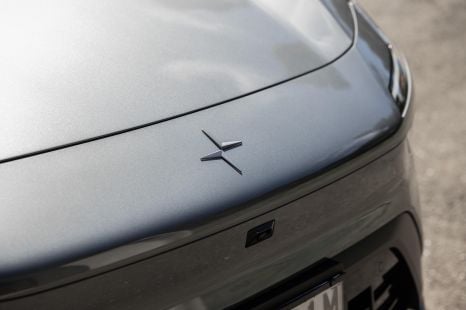

Damion Smy
13 Hours Ago


Damion Smy
15 Hours Ago
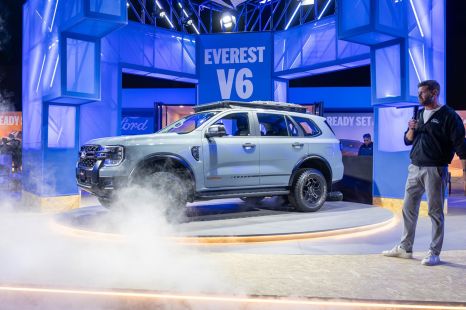

Damion Smy
17 Hours Ago


CarExpert.com.au
18 Hours Ago